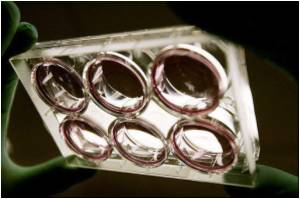Muscular dystrophy is a disease where patients can benefit immensely from early intervention. Now, new research is moving doctors and scientists closer to diagnose the disease well in advance of the patient's symptoms.

This work has the potential to create a better quality of life for DMD children. It is now clear that early treatment significantly improves life expectancy and quality of life for DMD children. However, diagnosis is often delayed until the disease is well under way, around ages 3-5 years, and treatment thus often begins between ages 4-8 years, when the disease is already established. This new research indicates that understanding these MD-associated proteins can lead to earlier diagnoses and treatment for DMD/LGMD patients. This in turn leads to longer life and enhanced quality of life for individuals affected by these diseases.
Duchenne Muscular Dystrophy is not only the most severe but also the most common form of muscular dystrophy. It is more commonly found in boys, at a rate of 1 in 3500. DMD causes progressive weakness in the skeletal muscles, and most DMD children require a wheelchair by age 11. DMD later results in respiratory muscle and heart muscle failure. This eventually leads to death sometime between the teenage years and early 30s, largely depending on the age that treatment is started. Whereas untreated children die around 17-18 years of age, children who are treated early live longer.
Source-Eurekalert
TAN








